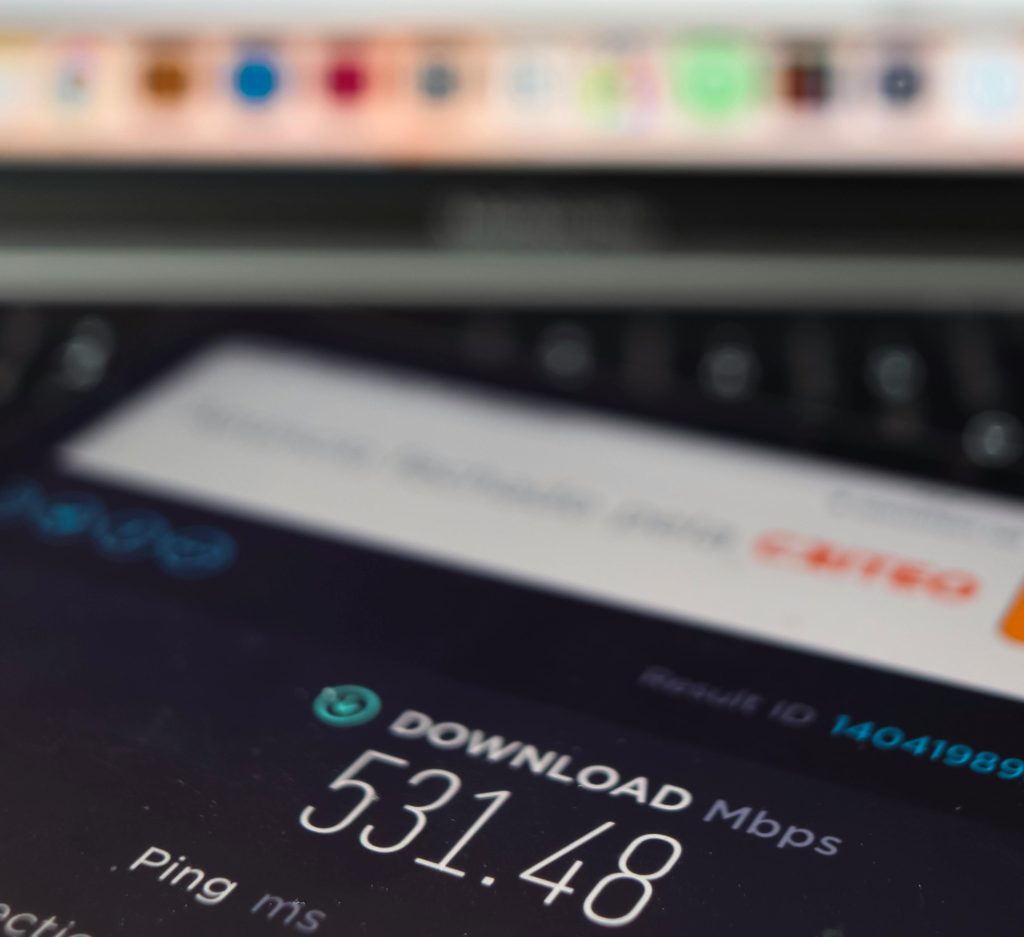
When it comes to running a website, I’ve learned early enough just how critical speed and performance are. Speed and performance have a direct impact on user experience, search engine rankings, and overall success. Today, I will be looking at what worked for me and might help you get your site running at lightning speed.
Prioritize Core Web Vitals
From experience, Google’s Core Web Vitals—Largest Contentful Paint (LCP), First Input Delay (FID), and Cumulative Layout Shift (CLS)—are game-changers. Tools like Google PageSpeed Insights have been invaluable in tracking and improving these metrics. For example, optimizing images and using a faster hosting provider made a noticeable difference in my LCP score.
Use a Content Delivery Network (CDN)
I can’t overstate how much a CDN improved my site’s loading times. By distributing content globally, services like Cloudflare made it faster for visitors to access my site, no matter where they were. Plus, my server load dropped significantly. This is especially helpful if you have international traffic.
Optimize Images
Large images were one of the biggest culprits for slow load times on my site. Switching to WebP formats and using tools like TinyPNG for compression was a game-changer. Also, lazy loading images saved me a lot of bandwidth and sped things up without sacrificing quality.
Minify CSS, JavaScript, and HTML
This might sound intimidating, but tools like UglifyJS and CleanCSS made it super easy to streamline my code. By removing unnecessary characters, I reduced file sizes and improved loading speeds significantly. It’s a small change with a big impact.
Leverage Browser Caching
Enabling browser caching was another quick win for me. By storing static files locally on users’ devices, I sped up load times for returning visitors. If you’re on WordPress, plugins like W3 Total Cache make this a breeze to set up.
Implementing Server-Side Optimization
Switching to a high-performance hosting provider was one of the best decisions I made for my site. On top of that, configuring Gzip compression and upgrading to HTTP/3 improved server-side performance dramatically. These tweaks are worth the effort.
Reduce Redirects and Broken Links
Nothing kills speed and user experience like too many redirects or broken links. Tools like Screaming Frog helped me identify and fix these issues, making my site much smoother to navigate. This step not only improved my site’s performance but also boosted user satisfaction.
There are several technical tasks that come into play when building a website. Optimizing for speed and performance is one of them. Building with this in mind is an easy strategy for achieving better engagement and higher conversions. The results are almost instant
Leave a Reply